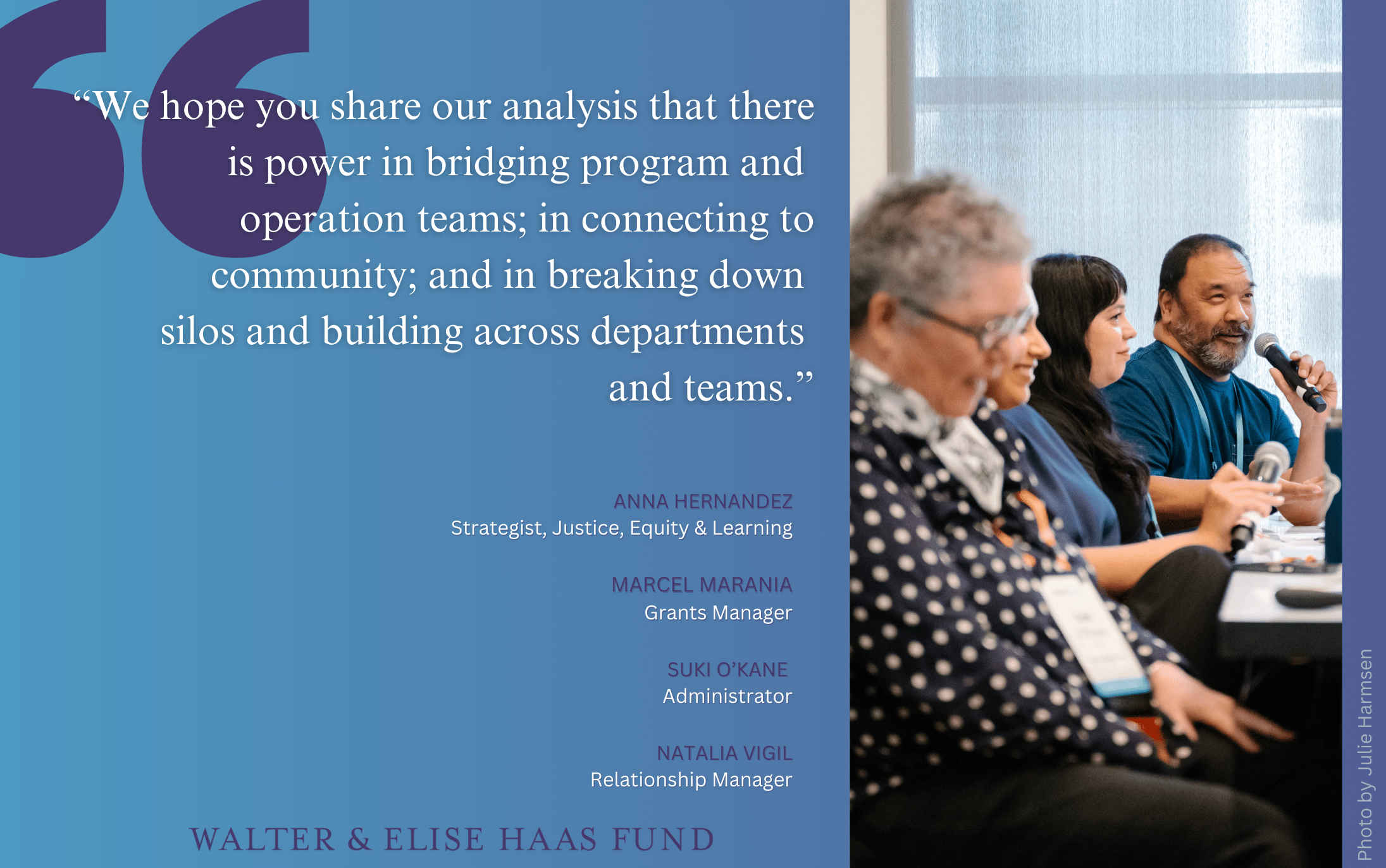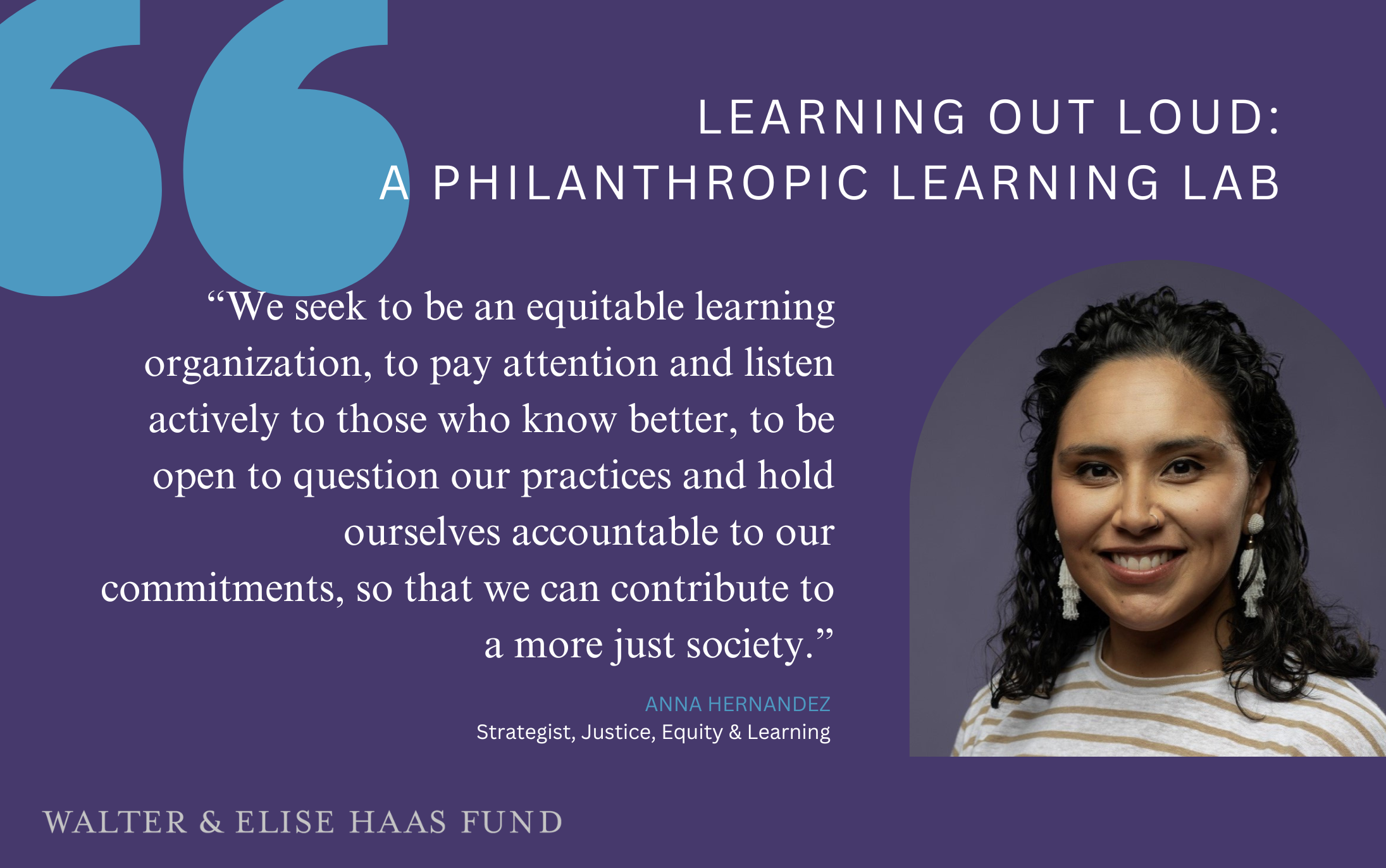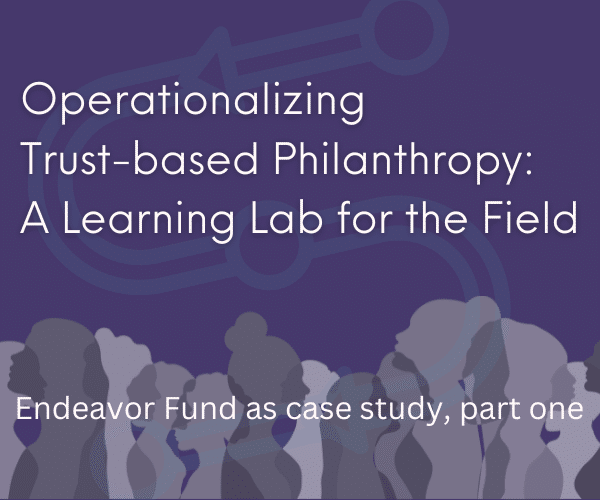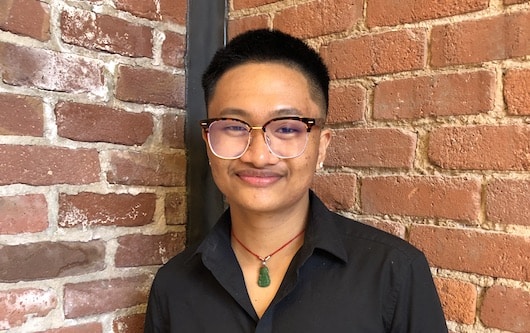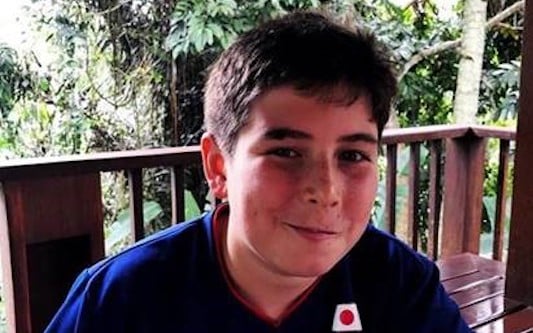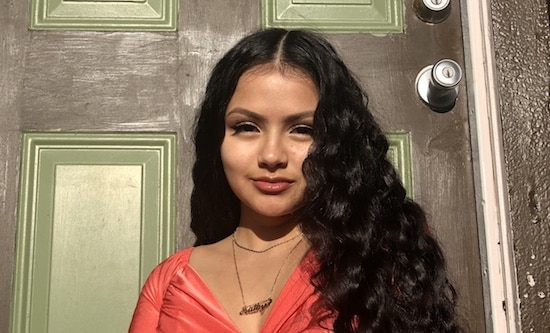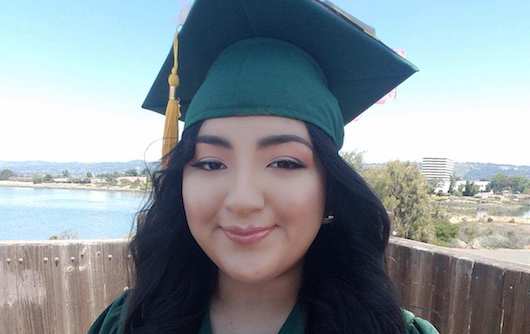Operationalizing Trust-based Philanthropy: A Learning Lab for the Field
Endeavor Fund as case study, part two Today, we’re continuing the case study of…
Operationalizing Trust-based Philanthropy: A Learning Lab for the Field
Endeavor Fund as case study, part one At the Walter & Elise Haas Fund,…
Reflections on Elementary School, from a Distance
This year, going back to school includes all the tumult and uncertainties…
On the First Day of a New Kind of School Year
If, on the first day of my Junior year, you told me I was experiencing my last…
Public School, Pandemics, and the Future of Girls of Color
For many in California and beyond, these last weeks of August mark the first…


